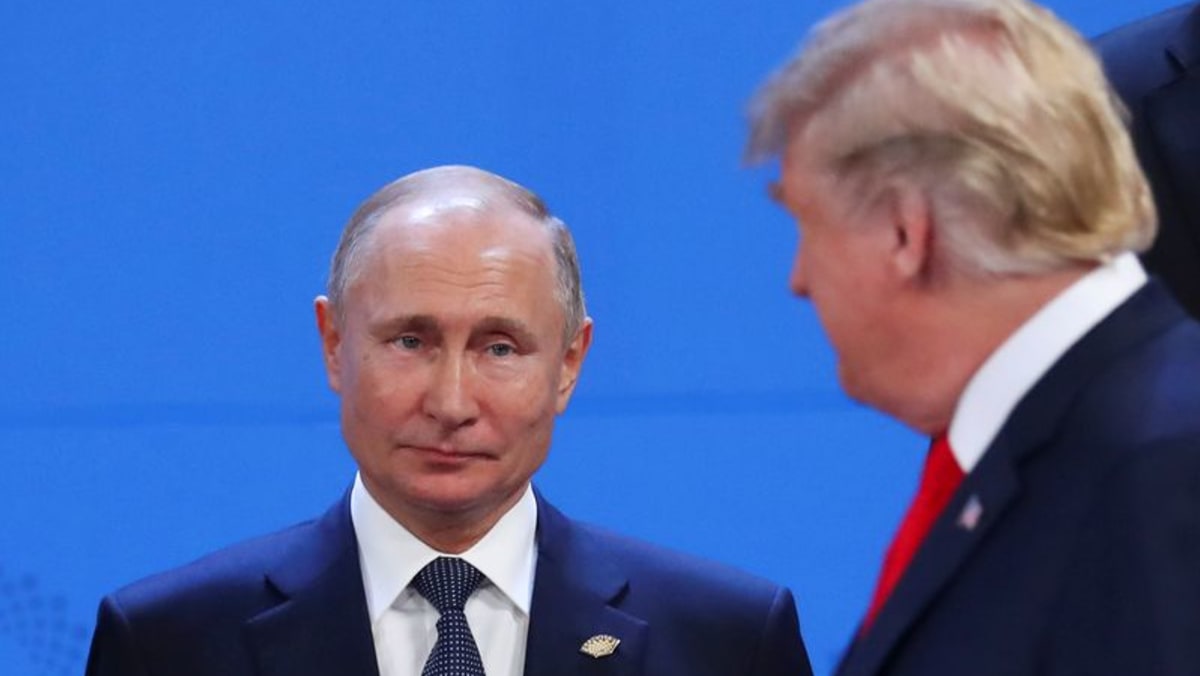Inflation data to show if price cooldown has continued as election nears

Inflation data set to be released on Thursday will show whether price increases have continued a monthslong slowdown or hit a snag as they near normal levels.
The report will mark the final update of the nation’s preeminent inflation gauge ahead of the presidential election next month. Price increases have proven a major point of contention between Vice President Kamala Harris and former President Donald Trump.
Inflation has slowed dramatically from a peak of about 9% in 2022, hovering right near the Federal Reserve’s target rate of 2%.
Economists expect prices to have climbed 2.3% over the year ending in September. That figure would mark a gradual slowdown from a 2.5% inflation rate recorded over the prior month.
The data is set to arrive about three weeks after the Federal Reserve cut its benchmark interest rate a half of a percentage point. The move dialed back the central bank’s yearslong inflation fight, signaling a shift toward greater focus on ensuring a strong labor market.
“This recalibration of our policy stance will help maintain the strength of the economy and the labor market,” Fed Chair Jerome Powell said at a press conference in Washington, D.C., last month.
Weaker-than-expected jobs data in both July and August had stoked worry among some economists about the nation’s economic outlook.
But a jobs report last week defied any such concern by presenting a rosy picture of the labor market for September in which employers hired at a strong pace, a large share of people stayed on the job and wages rose at a fast rate.
Employers hired 254,000 workers in September, far exceeding economist expectations of 150,000 jobs added, U.S. Bureau of Labor Statistics data showed.
Federal Reserve Board Chairman Jerome Powell holds a press conference following a two-day meeting of the Federal Open Market Committee on interest rate policy in Washington, D.C., Sept. 18, 2024.
Tom Brenner/Reuters
In theory, interest rate cuts stimulate economic activity and boost hiring. However, the Fed’s interest rate decisions typically take several months before they influence economic activity. In any case, the latest jobs report tracked hiring for September, meaning the majority of the period reflected in the data took place before the rate cut.
Consumer prices have received close scrutiny with just four weeks left until Election Day.
A decline in gas prices is expected to help nudge inflation downward. The average price of a gallon of gas is about 15% lower than where it stood a year ago, AAA data shows.
But an escalation of conflicts in the Middle East in recent weeks has triggered a sharp increase in oil prices, raising the possibility of a hike in gasoline prices over the coming days and weeks.
A cooldown of inflation would likely increase the chances of an interest rate cut at the Federal Reserve’s meeting on Nov. 7, just days after Election Day. On the other hand, an acceleration of price increases is expected to lower the chances of a rate cut.
Prior to the inflation data release, the odds of a quarter-point interest rate cut next month stood at about 80%, according to the CME FedWatch Tool, a measure of market sentiment.
Source: abc news















